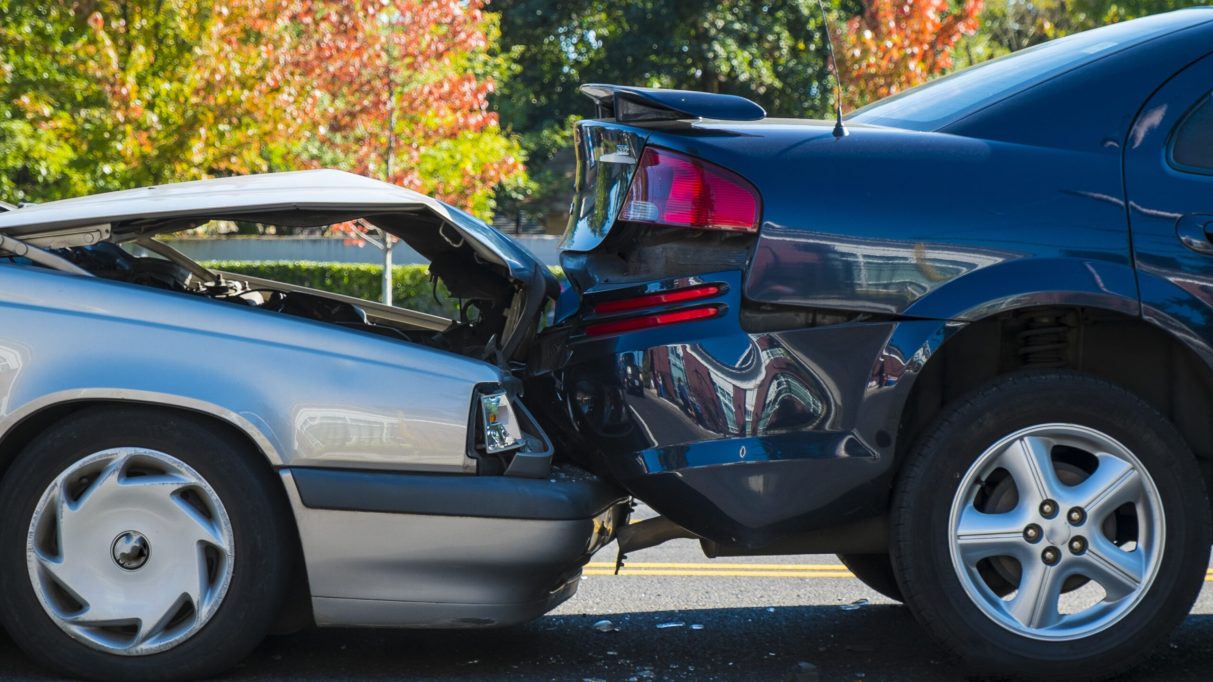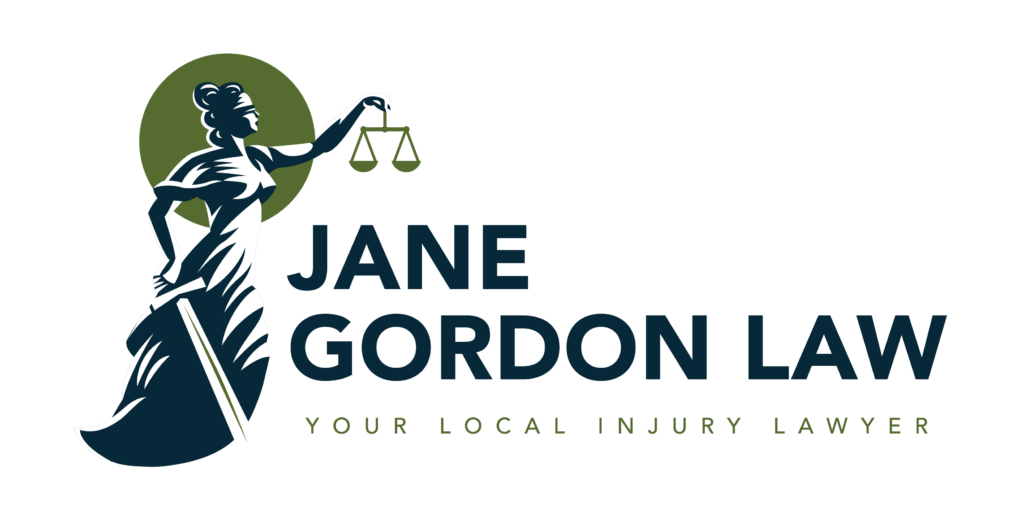
Understanding Comparative Fault in Car Accident Cases
If you’re involved in a car accident, there’s lots to worry about, from insurance to injuries. In the middle of all that confusion and emotion, one big question always comes up: “Who’s at fault?” Determining fault is essential because it directly affects who will be responsible for the damages and medical expenses.
But what if the situation isn’t so clear-cut? What if both parties share some of the blame? These scenarios are more common than you might think in a car accident case, and this is where the concept of comparative fault, or comparative negligence, comes into play.
Each state differs in how they determine fault in a car accident case. Whether you’ve been driving in Idaho for years or are new to the state’s roads, understanding how comparative fault law works can make a significant difference in the outcome of your case.
It’s not just about who’s right and who’s wrong – it’s about fairness and ensuring that everyone involved is held accountable for their actions. By gaining a better grasp of comparative fault, you’ll be better prepared to protect your rights and navigate the legal complexities that can arise after an accident.
What Is Comparative Fault?
You might be wondering, what is comparative fault? Comparative fault, also referred to as comparative negligence, is a legal concept used to allocate responsibility among multiple parties involved in an accident. Instead of placing all the blame on one party, this system recognizes that drivers might share fault to varying degrees.
In Idaho, the state follows a modified comparative fault rule with a 50% threshold. This means that you can recover damages only if you are less than 50% at fault for the accident. However, if you are found to be 50% or more at fault, you are barred from recovering any compensation.
Pure Comparative Negligence vs. Modified Comparative Negligence vs. Contributory Negligence
Although Idaho follows a modified comparative negligence rule, many other states follow what’s called pure comparative negligence. And while much less common, some states follow a contributory negligence law.
If you ever travel outside Idaho and are involved in a car accident in another state, you will be held accountable to that state’s laws. For example, if you live in Idaho but get in a car accident in California, your claim will be governed by Californian laws.
That’s why it’s important to understand the difference between pure comparative negligence, modified comparative negligence, and contributory negligence. Here’s a breakdown of the differences between the three:
Pure Comparative Negligence
- Allows each party to recover damages, no matter their percentage of fault.
- Example: If you’re 90% at fault, you can still recover 10% of your damages.
- Offers flexible distribution of responsibility and compensation.
- Even a party largely at fault can seek some level of compensation.
- States that follow it: Alaska, Arizona, California, Florida, Kentucky, Louisiana, Mississippi, Missouri, New Mexico, New York, Rhode Island, and Washington.
Modified Comparative Negligence
- You can only recover damages if you’re less than 50% at fault, or in some states, less than 51%.
- Designed to prevent a party primarily at fault from benefiting financially.
- Allows partial compensation, as long as your responsibility doesn’t exceed the threshold.
- States that follow it with 50% threshold: Arkansas, Colorado, Georgia, Idaho, Kansas, Maine, Nebraska, North Dakota, Tennessee, and Utah.
- States that follow it with 51% threshold: Connecticut, Delaware, Hawaii, Illinois, Indiana, Iowa, Massachusetts, Michigan, Minnesota, Montana, Nevada, New Hampshire, New Jersey, Ohio, Oklahoma, Oregon, Pennsylvania, South Carolina, Texas, Vermont, West Virginia, Wisconsin, and Wyoming.
Contributory Negligence
- Bars recovery of damages if you are found to be at all at fault.
- Example: If you are even 1% at fault, you cannot recover any damages.
- Strict rule that can be harsh for plaintiffs, as any fault on their part negates their ability to recover.
- Designed to protect defendants from claims where the plaintiff’s own negligence contributed to their injury.
- States that follow it: Alabama, Maryland, North Carolina, and Virginia.
What Is the Value of Comparative Fault?
The comparative fault system brings several advantages to accident cases, including:
- Flexibility in fault determination. Unlike systems that rely on assigning full blame to one party, comparative fault allows for a more nuanced approach. It acknowledges that multiple parties may share responsibility for the accident.
- Fair compensation. Under this system, you can still recover compensation even if you are partially at fault. For instance, if you are 40% responsible for the accident, you can still recover 60% of your total damages. This ensures that you don’t miss out on some compensation due to minor mistakes.
- Encouraging accountability. Comparative fault encourages all drivers to be more accountable for their actions on the road, as their behavior can directly impact their ability to recover compensation.
How Comparative Fault Works in Idaho Car Accident Cases
Determining fault in an Idaho car accident case involves evaluating various factors, including evidence, witness statements, and police reports. Below are a couple of example scenarios specific to Idaho.
- Example 1: Two drivers in Boise collide at a traffic circle. One driver was speeding, while the other failed to yield. Both drivers might share responsibility for the accident under Idaho’s modified comparative fault system.
- Example 2: A driver rear-ends another vehicle on an icy Idaho road. The rear driver claims that the front driver braked too suddenly due to the road conditions. Both drivers could be found partially at fault.
Comparative Fault Compensation in Idaho
In Idaho, compensation is calculated based on the percentage of fault assigned to each party. For example, if you are 30% at fault, you can still recover 70% of your total damages. However, if you are found to be 50% or more at fault, you will be unable to recover any compensation.
This “50% Rule” is critical to remember in Idaho car accident cases, as it underscores the importance of minimizing your percentage of fault to ensure compensation.
Why Seek a Personal Injury Car Accident Attorney in Idaho
To navigate the complexities of comparative fault, you may want the help of skilled legal representation. An experienced personal injury attorney can play a vital role in:
- Gathering evidence. A personal injury attorney will help collect and organize evidence, including accident reports, witness statements, and expert testimonies. This evidence is key for establishing the degree of fault and securing fair compensation.
- Challenging fault determinations. If fault is contested or unclear, a personal injury attorney can challenge incorrect fault assessments and present a compelling case to adjust the fault percentages in your favor.
- Negotiating settlements. Legal representation is crucial in negotiating with insurance companies and other parties. A personal injury attorney will advocate for a fair settlement based on the accurate assessment of fault and damages.
- Handling legal procedure. Navigating the legal system can be complex, especially with comparative fault considerations. A personal injury attorney will manage the legal procedures to ensure deadlines are met and legal requirements are fulfilled.
Key Takeaways
Understanding the modified comparative fault system is essential for anyone with a car accident case in Idaho. By knowing how fault is determined and how it impacts compensation, you can better protect your rights and seek fair compensation. Here’s what you should remember when moving forward with a car accident claim:
- Comparative fault, or comparative negligence, allows for shared responsibility, ensuring that parties can still receive compensation even if they are partially at fault.
- Idaho follows a modified comparative fault system, meaning if you are found to be 50% or more at fault, you cannot recover any compensation.
- Fault is determined by evaluating various factors, including evidence, witness statements, and police reports.
- Legal representation by an expert personal injury attorney is crucial in challenging fault determinations and maximizing your compensation under Idaho’s modified comparative fault system.
If you’ve recently been in a car crash, you don’t need to handle it all by yourself. I have years of experience helping individuals receive proper compensation and navigate modified comparative fault law. Reach out today to book a free consultation for your car accident case!

